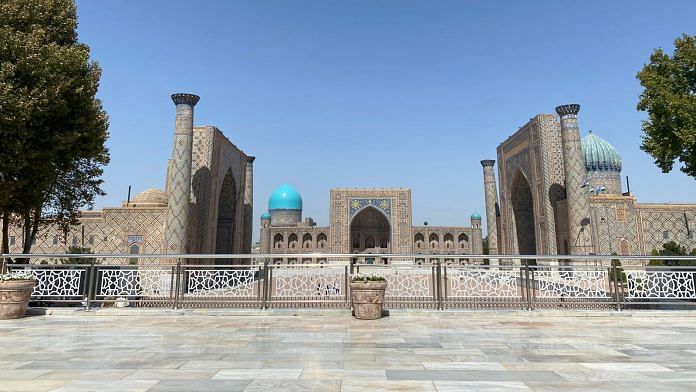Samarkand, Uzbekistan: ‘Namaste!’ A voice came from behind as I made my way to the Afrosiyob – the fastest train in Uzbekistan that connects capital Tashkent with the historic city of Samarkand. I turned around to see a burly man who seemed to have landed there straight from the Soviet era. He was greeting me with folded hands. I responded with a Namaste, revelling in the image India has painstakingly built for itself over the years.
I was greeted with a similar warm “Namaste” during my visit to Afghanistan in August 2021 when the Taliban made a comeback and many Afghans were hoping to come to India, their “true friend.”
I asked the man at the Tashkent railway station where he learned Hindi. He told me in broken English, “I love Hindi, I love Raj Kapoor. Joota hai Japani,” he said, recalling the line from the eponymous song from Kapoor’s 1955 film Shree 420, from an era when Bollywood movies were about warmth and cultural ethos and not about blindly following Hollywood. He said it was his favourite movie, which he had watched as a child and made him want to learn Hindi.
I told him the purpose of my visit—the Shanghai Cooperation Organisation (SCO) summit. He seemed happy at Indians visiting his country.
Before boarding the train, I had to exchange a $100 note with Uzbekistan Soms. Well, to do that, you don’t have to hunt for a money-exchange booth. Just look for an ATM. And with $1 being 11,000 Soms, you are definitely going to feel like a millionaire after exchanging a $100 bill.
As I boarded the Afrosiyob, a gush of excitement filled me—my long-cherished dream to see the land of Timur and Babur was about to come true in a couple of hours!
But what I had never thought of was that I would be boarding a Spanish-built Talgo bullet train that runs through vast arid plains and rugged hills at a speed of 137mph, meandering through small villages and towns that were once among the main transit points of erstwhile Silk Road.

Also read: How the golden era of Kathak began during the Mughal rule under Akbar
History, opulence, modernity
Named after an ancient site, the Afrosiyob connects Tashkent to Samarkand and onwards to the holy city of Bukhara. And what you experience in these cities is not even remotely near to what you have likely read in the history books. While I certainly did not expect to see the Turco-Mongol conqueror atop his horse, I also did not expect six-eight lane roads, high-speed cars, wide pavements, gardens and cafes at every nook and corner.
If Tashkent has gleaming skyscrapers, designer boutiques, exotic Shashlik joints with museums peppered all over, then Samarkand is about upholding the culture and the history of Uzbekistan, whose influence is spread from Delhi to Ankara.
Tashkent bears an eclectic mix of old and new. The bygone era and the present-day opulence that comes from selling gold. Everything about Uzbekistan is gold — be it Timur’s sword or their vodka.
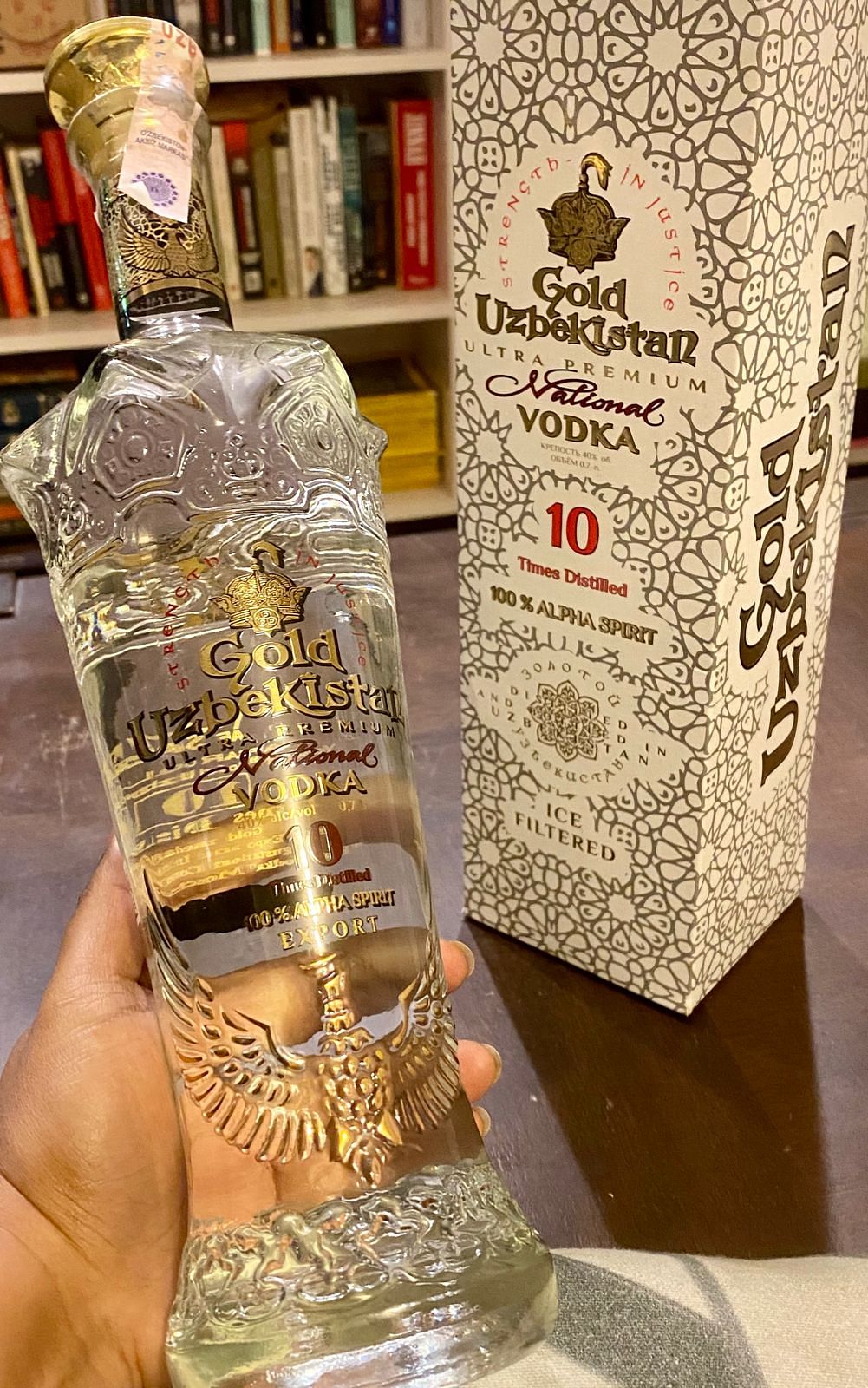
One of the most outstanding landmarks of Tashkent is the Amir Timur Museum, located just meters away from the iconic Hotel Uzbekistan – a Soviet-style, open book shaped monstrous hotel with 17 storeys.

The museum opened in 1996—marked by the state as ‘The Year of Amir Timur’, in honour of his 660th birth anniversary—after Islam Karimov, Uzbekistan’s first president, issued a decree. As I stepped into the museum, I was awed by its grandeur and cleanliness. The paint looked and smelled fresh, the pathways had neatly manicured gardens and the circular shape of the building made it airy and windy with the perimeter decorated by ornate columns with Hadiths embossed on them.
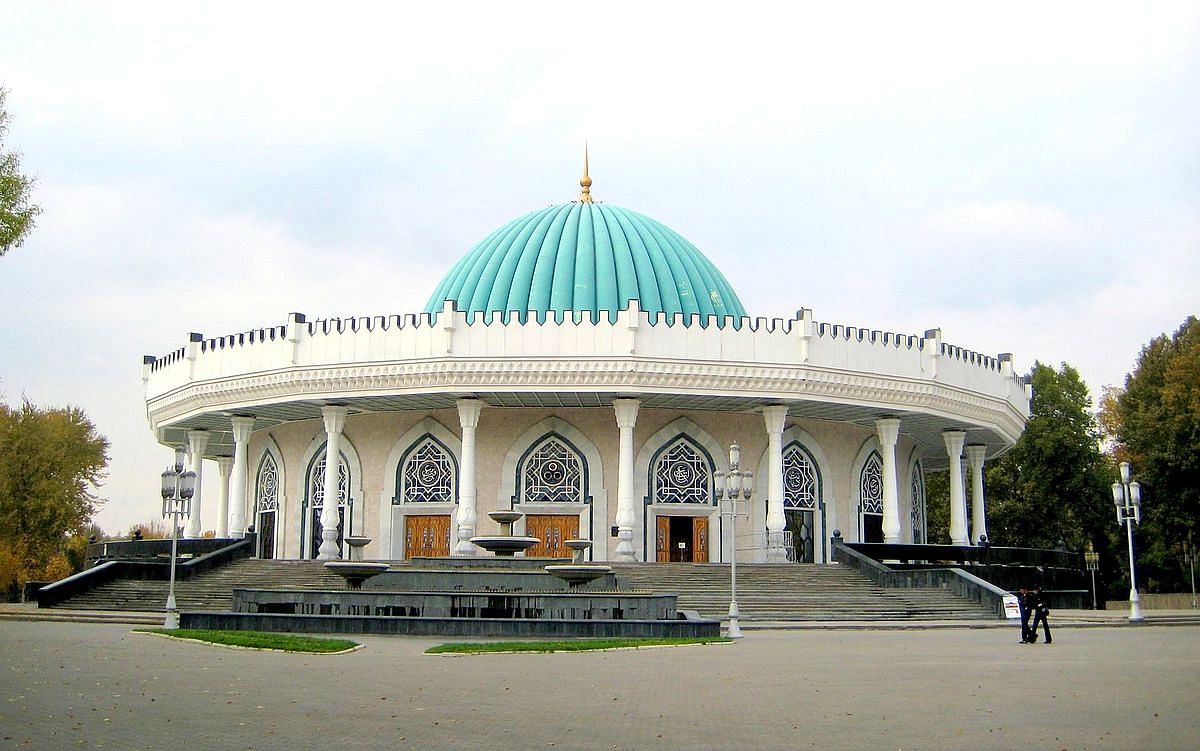
Also read: There is a whole ‘Aurangzeb Industry’ taking shape. Let’s discuss it on four counts
Timur—celebrated, worshipped
Once you step into the main hall, the enormous cultural and spiritual heritage of Uzbekistan engulfs you. And it becomes clear that Uzbeks worship the Turco-Mongol emperor, whose name comes next to ‘Allah’.
Timur was the last of the great nomadic conquerors of the Eurasian Steppe, and his goal was to restore Genghis Khan’s great Mongol Empire. Genghis Khan, who died in 1227, and Timur shared a common ancestor. Timur created a huge army and led numerous campaigns extending his empire from the Volga River and Caucasian Mountain Ranges in the West to India in the South-West.
Timur’s single biggest ambition was to restore the Silk Road and keep it under his control, which is why he fought large-scale wars with various nations and empires located along this enormously long route from West to East.
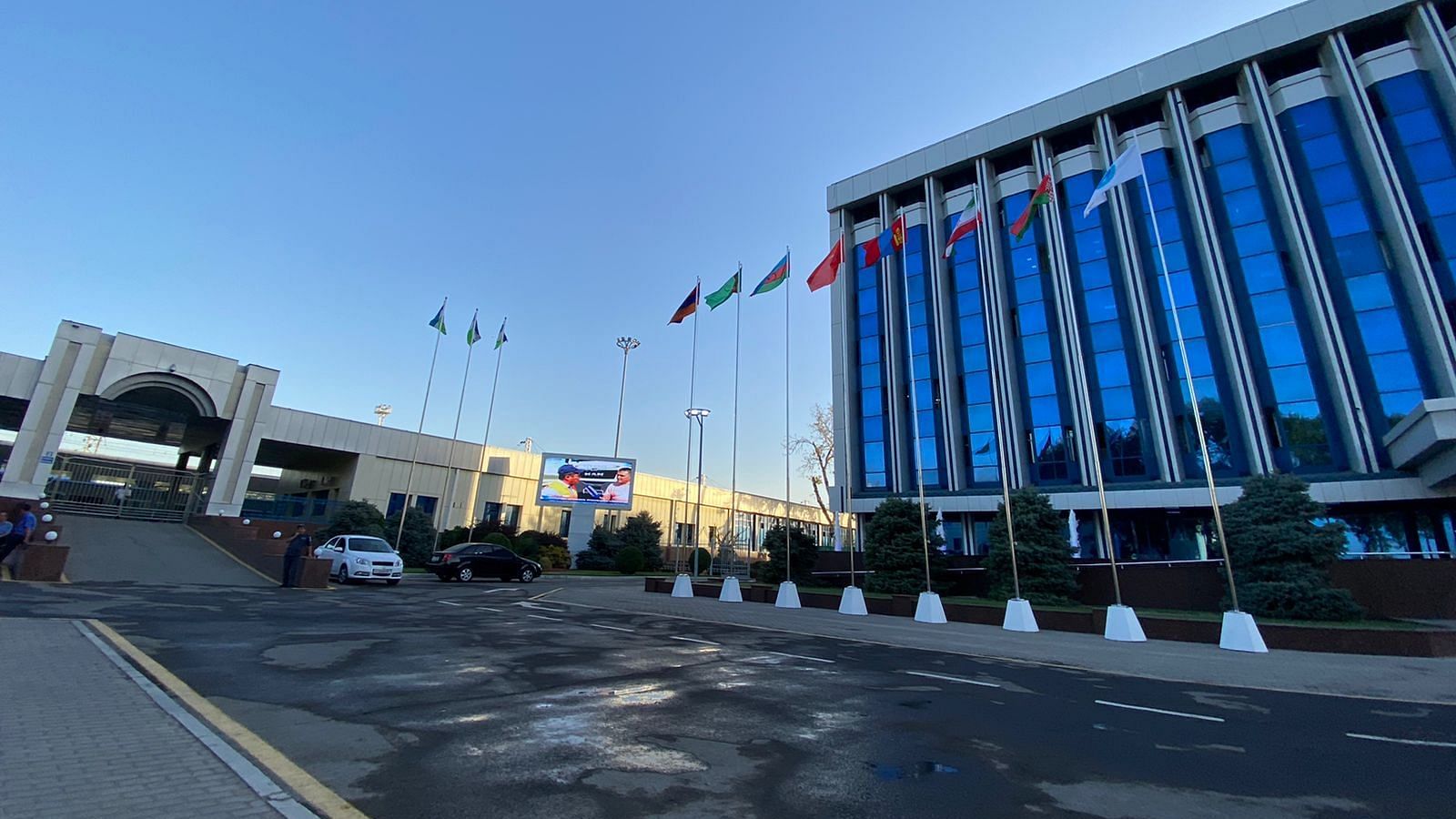
According to the Uzbeks, it was Timur who “united” several countries and their citizenry, and is recognised as their “national hero”. The museum epitomises all that Uzbeks believe in.
Equipped with augmented reality and free high-speed wifi network, the museum brings alive all the 10th-15th century rulers, including the poets, mathematicians and astronomers. Visitors can download an app and immediately witness Timur standing beside them or Babur (Uzbek: Bobur), talking elaborately of his campaign to India.
Besides the museum, there is a sprawling Soviet-era restaurant that only sells fried chicken, served by middle-aged waitresses dressed in white skirts and blouses with a red apron on top. Like a typical Indian, I wanted to explore the “menu”. I managed to find an English-speaking waitress who told me they sell “only fried chicken”. It seems she wanted to tell me that the chicken sold there is better than American KFC. They truly are, and they come with an entire loaf of bread and a bed of salad. The food in Uzbekistan also resembles its historical past mixed with modern-day taste and choices.
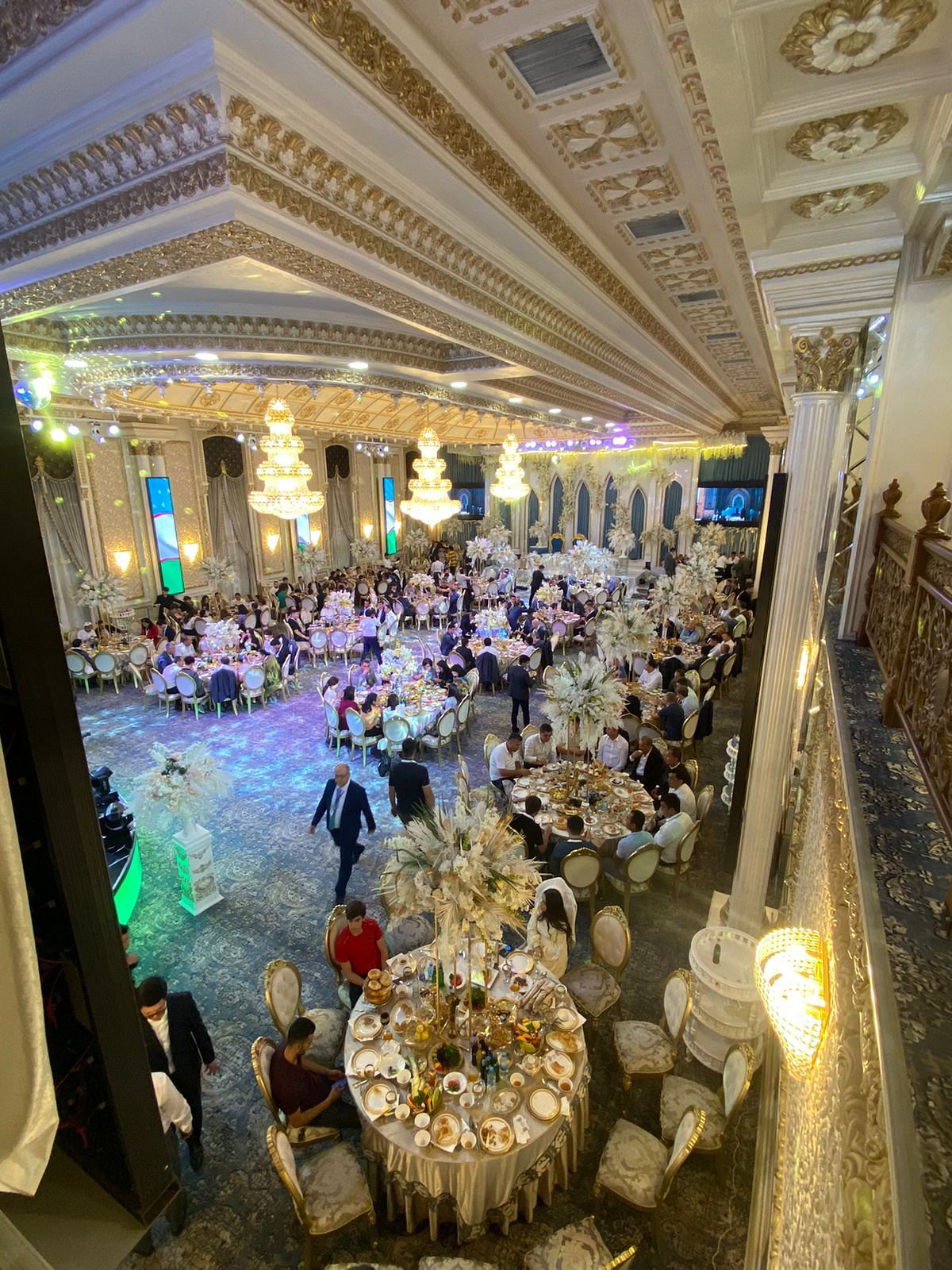
Also read: Forgotten story of great Hindu merchants in Central Asia shows enterprise can defeat China
Samarkand—East’s shining star
As I arrived in Samarkand, I was completely taken by surprise. The city, which was once Timur’s capital, is known for its sprawling historical sites, variety of ceramic items and carpets. And at the heart of it lies the Registan Square (‘Registan’ means desert or sandy place). Being at the Square, it seems as if the entire history of Uzbekistan, its centuries of struggle and splendour, are all wrapped in that one place. For a student of history from University of Delhi, this was a childhood dream coming true.
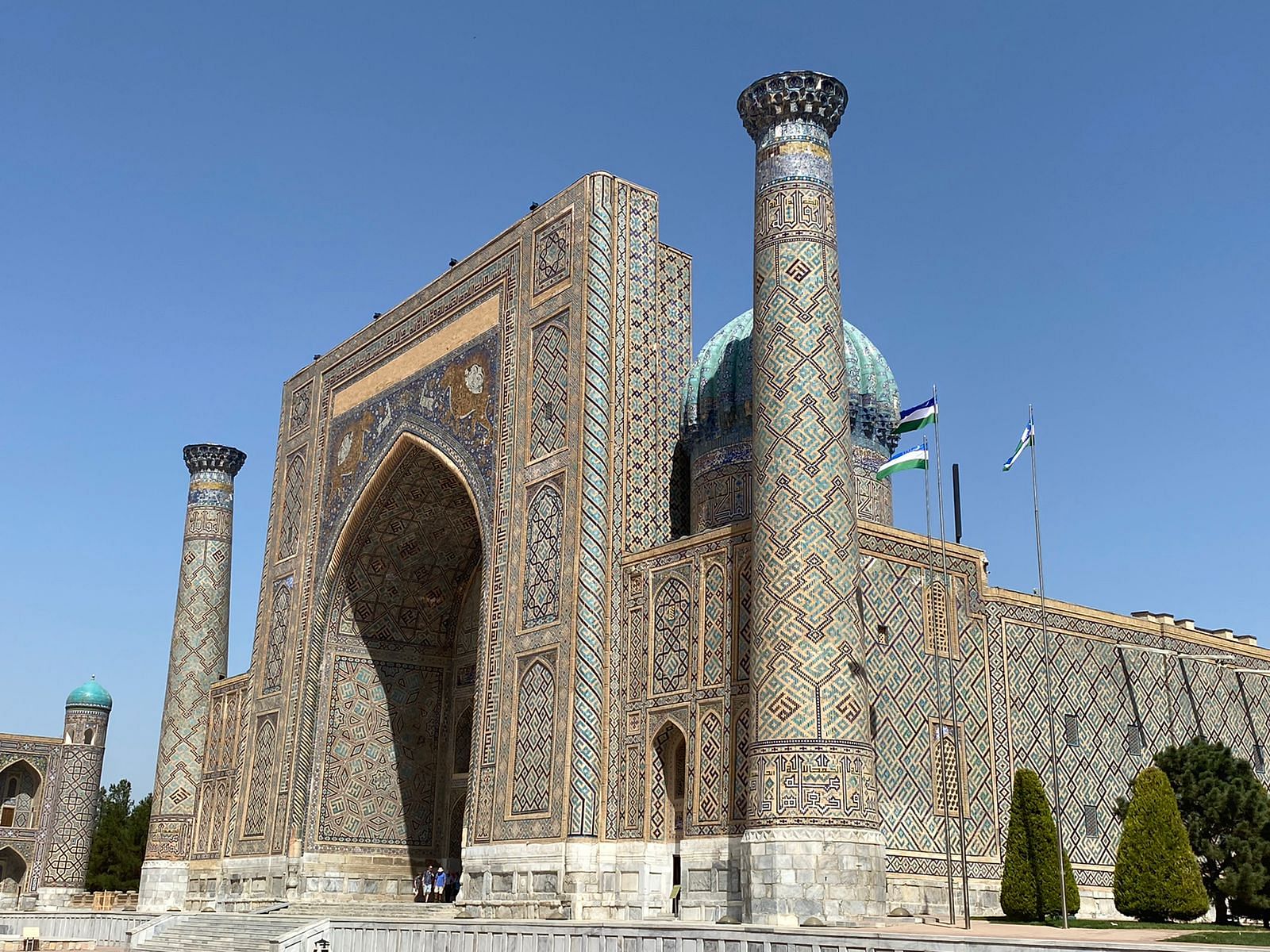
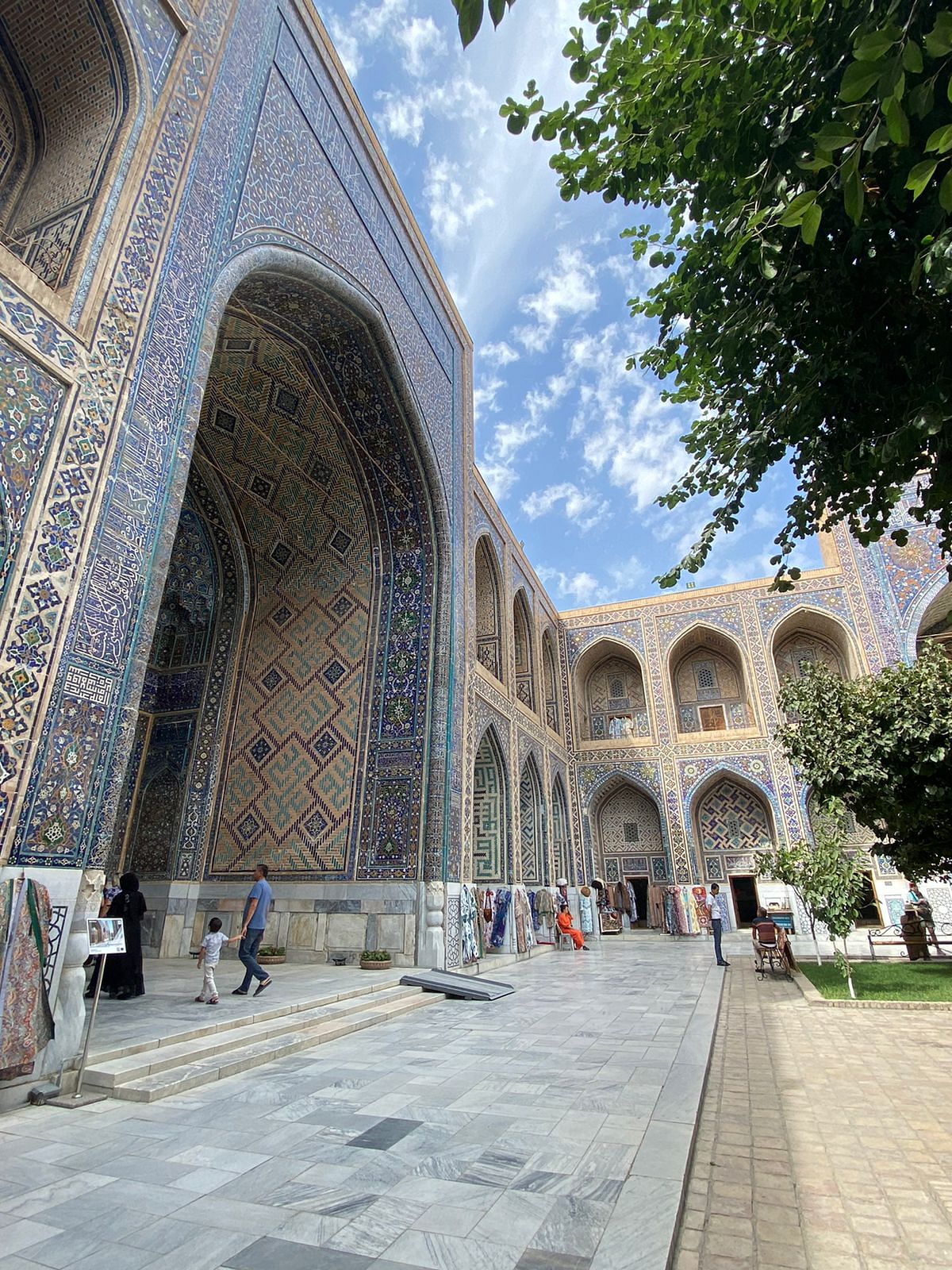
One starts getting the sense of history the moment Afrosiyob—always punctual—makes its way into the Samarkand railway station. It takes about 10-15 minutes from the station to the main city centre. The cabs are inexpensive and chauffeurs generally warm. Nine out of ten will not know English, but you can easily find some who would know “thoda thoda Hindi”.
As one enters Samarkand, the enormity of Timur as the king, the famous Silk Road, the majestic Registan Square, which was at the centre of crafts and trade long before the Mongol invasion—all begin to take a grip. The Registan Square consists of the Ulugh Beg madrasa (Islamic school), the Tilla-Kori madrasa and the Sher-Dor madrasa, which houses a museum modelled as a Muslim educational institution where clergymen, statesmen and scientists were trained.
Then there is Gur-e-Amir Mausoleum where Timur, his sons and his grandsons are buried. The interior of the mausoleum is decorated with gold, jade and onyx with solid decorative coating resplendent with rich and luxurious patterns and colours. The domes are decorated with green onyx covered by ornamental blue and gilded inscriptions.
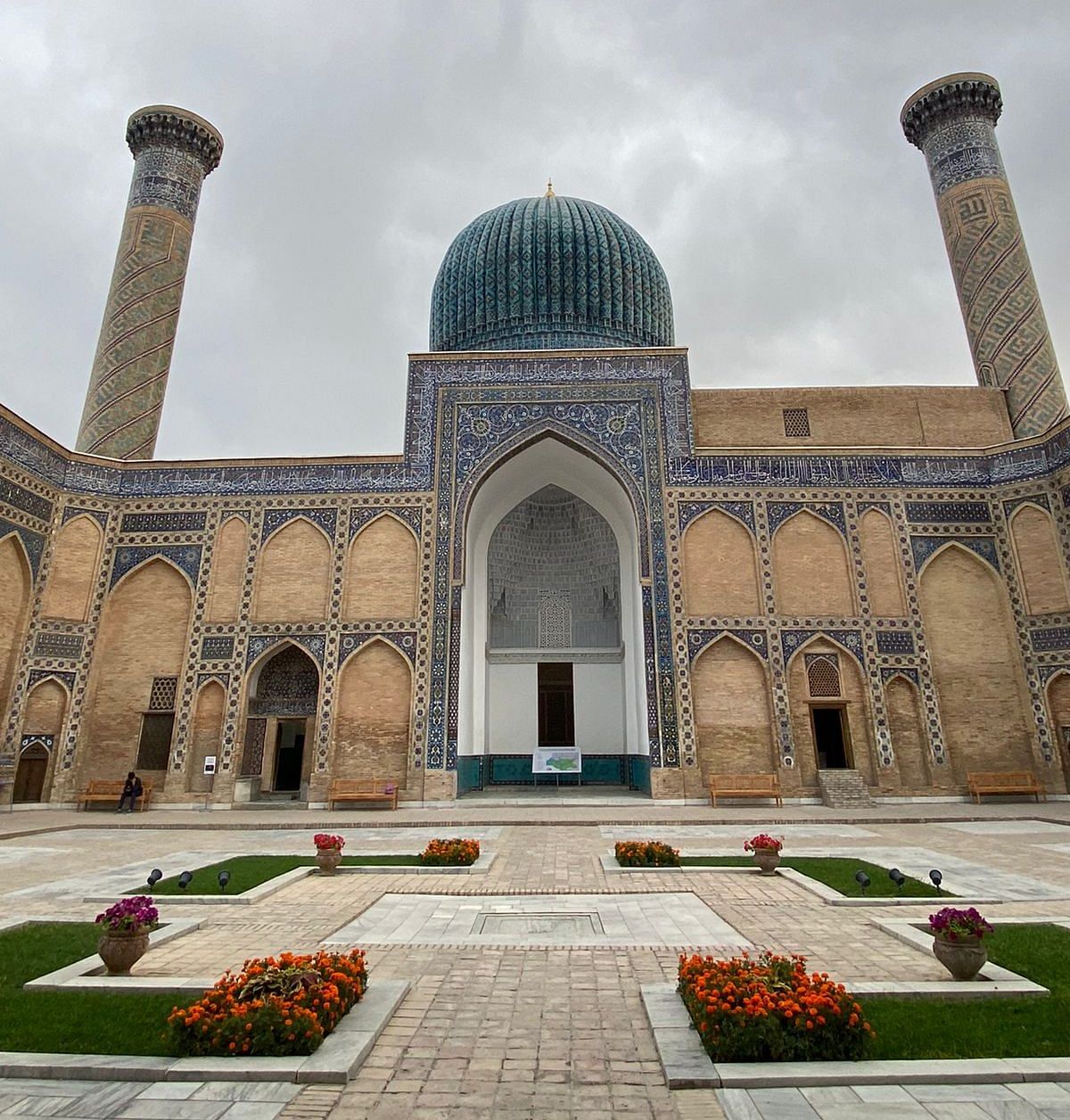
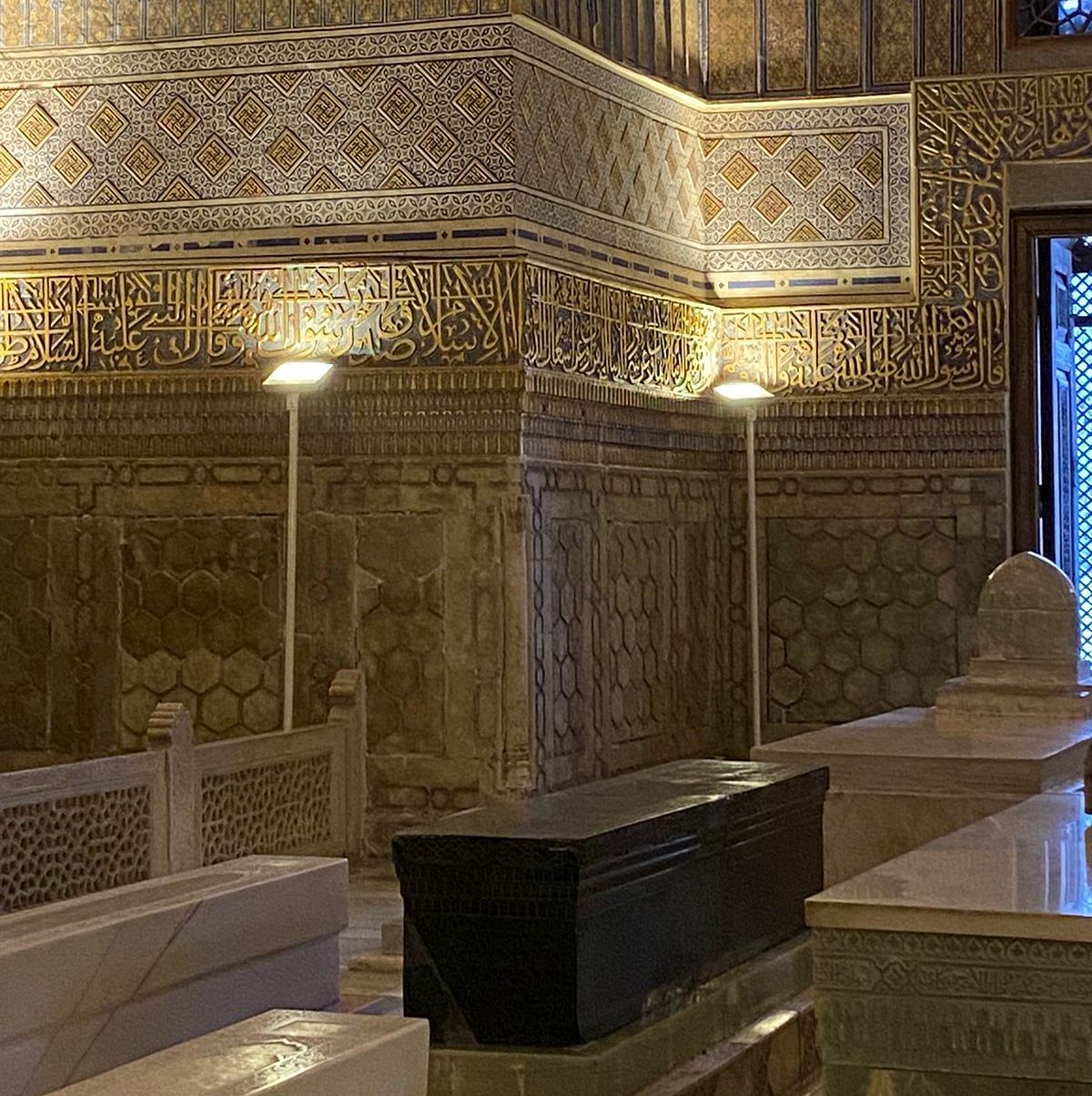
Any Indian looking for a trip abroad should go to Uzbekistan instead of Europe or the US, notwithstanding the fact that in India’s history books, Timur will always be the one who plundered Delhi.
“The Mughal history will always connect India with Uzbekistan. Nobody can erase this rich historical bond between us,” a historian-cum-guide at the mausoleum said.
(Edited by Prashant)


